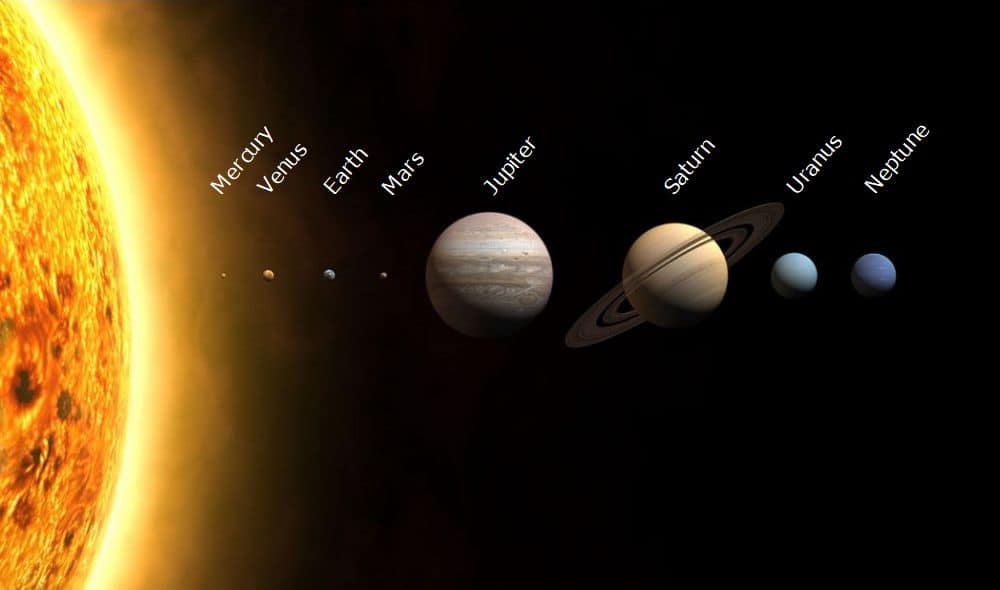Compare the Planets. Our Solar System has eight planets. Four of these are Giants: Jupiter, Saturn, Neptune, Uranus.
Did you know if you try to stand on Jupiter you would sink right through as it is made out of gas?
Did you know Saturn is 95 times more massive than Earth?
Compare Planets, Moons and other objects side-by-side in this 3D live comparison.
Compare our Planets
3D Web App
*This Interactive 3D Simulation is built on data provided by NASA JPL HORIZONS database for solar system objects and International Astronomical Union’s Minor Planet Center. Distances and speeds are estimates based on this data.
Photo Credit and other: NASA, ESO/S. Brunier, NASA/JHUAPL/SwRI, NASA/JPL-Caltech, JAXA, University of Tokyo & collaborators, UH/IA, Solar System Scope/INOVE CC BY 4.0, Wikipedia/Creative Commons Attribution-ShareAlike License, icons8.com, Péter Eke, NASA/Goddard/University of Arizona/Roman Tkachenko, Wikimedia Commons, Hayabusa 2 Arrival illustration by Akihiro Ikeshita (permission granted), oNline Web Fonts, Font Awesome, Galaxy vector created by stories – www.freepik.com

